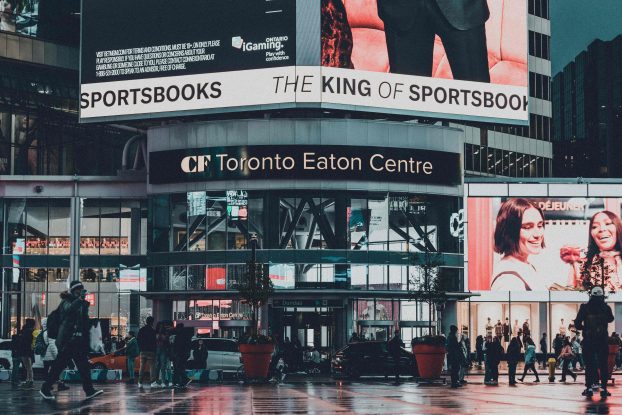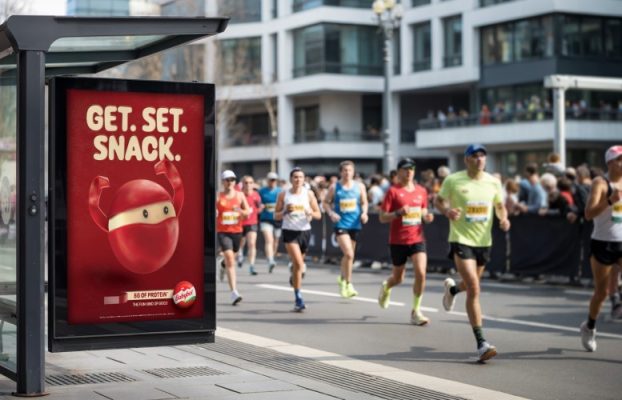Canada’s population is aging and that trend may soon highlight a divide in shopping preferences between experienced shoppers and their younger counterparts, forcing retailers to rethink how they communicate with customers.
New research shows that when it comes to the in-store shopping experience, mature shoppers are more likely to value shorter checkout lines, convenient locations, less crowded stores, friendlier staff and ample parking.
And contrary to the image of senior citizens as conservative coupon-clippers who search for the best deal, they also tend to be more impulsive, less likely to compare prices before a shopping trip or do any kind of homework before leaving the house, according to a recent survey of Canadian shoppers over the age of 55 by Integer Canada, according to managing director Marcus Evans. Meanwhile, younger shoppers tend to use coupons and increasingly the internet and social media to take advantage of deals offered by sites like Groupon. Younger age groups also treat shopping as a social event whereas mature shoppers tend to go about their buying alone.
“[Mature shoppers] are sort of flying in the face of the general Canadian shopper, who is a planner,” says Evans.
The demographic divide is a reality retailers must address. Data released from Statistics Canada in late May showed the number of people over 65 is growing twice as fast as the rest of the population.
This aging population will present both challenges and opportunities for retailers. For example, knowing that seniors are prone to impulse purchases and that they prefer to hunt for offers on the shelf means they are more susceptible to point-of-sale promotions than the rest of the population, Evans says.
According to a recent report by the consulting firm ATKearney, “The aging phenomenon will require a far-reaching rethink of product and packaging design,” adding mature consumers will need legible labels, directions and prices in sufficiently large font sizes, especially for products in the nutrition and health supplement categories.
The bottom line, Evans says, is that if a retailer wants to talk to an older demographic it needs to ensure it has good and visible in-store offers. This is simply a reflection of the fact that older shoppers have the most experience with traditional retail sales practices.
“This is typically playing to a good old fashion sales promotion,” Evans said.
Of course, as the penetration of the internet and smartphones grows, the more tech-savvy mature shoppers may embrace the habits of their younger counterparts, says Rico DiGiovanni, president of Spider Communication.
This would mean increasing use of communication techniques retailers are now studying, such as allowing customers to scan a QR code with their smartphone to access a customized message about that product, could theoretically apply to all age groups.
“[But] seniors are probably moving into the social media spaces with a little more trepidation,” DiGiovanni says.
Photo: Alex E. Proimos, Flick Creative Commons
























